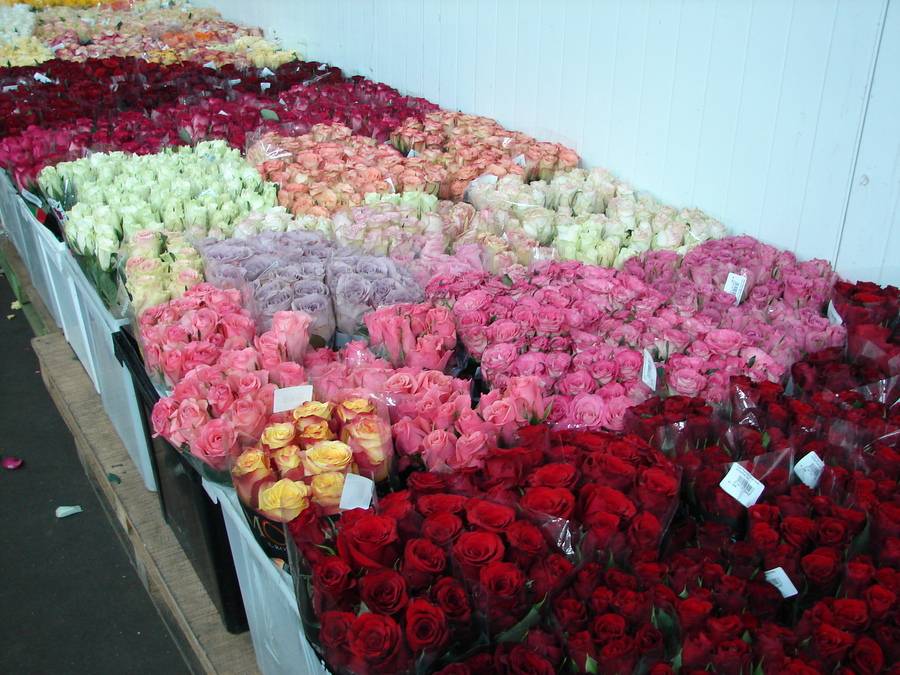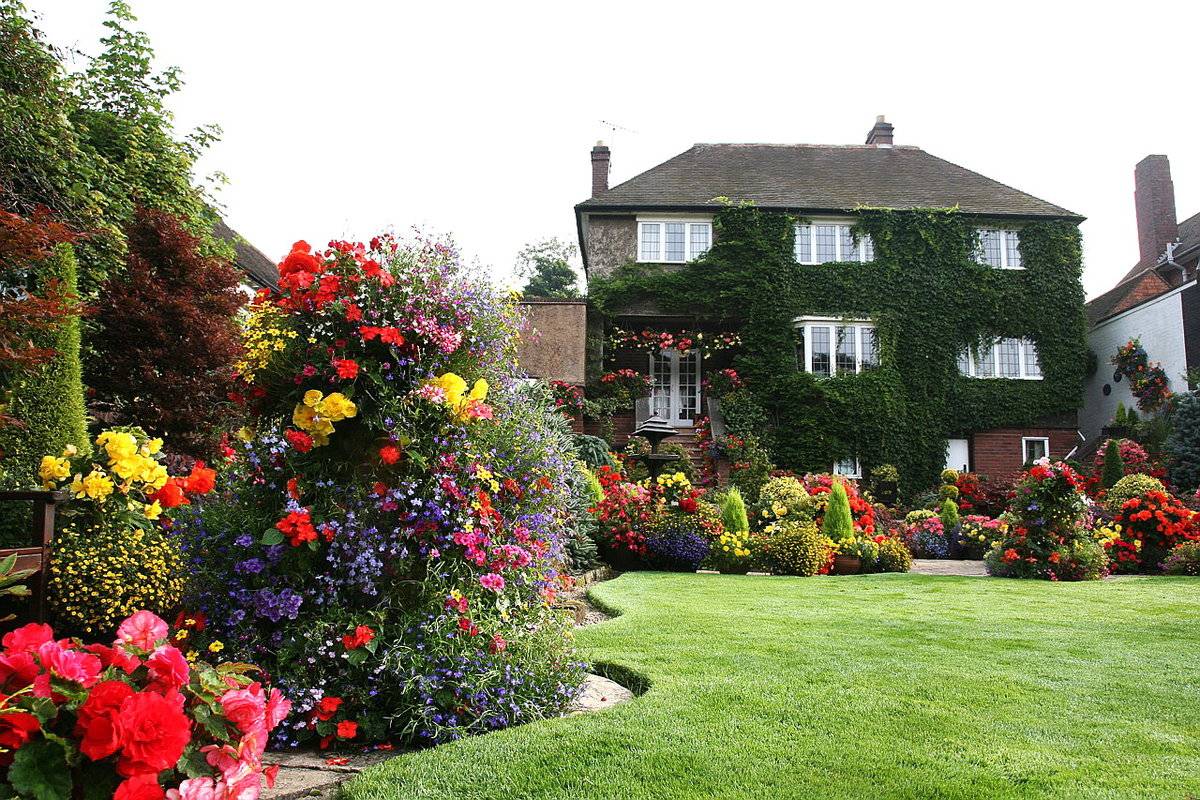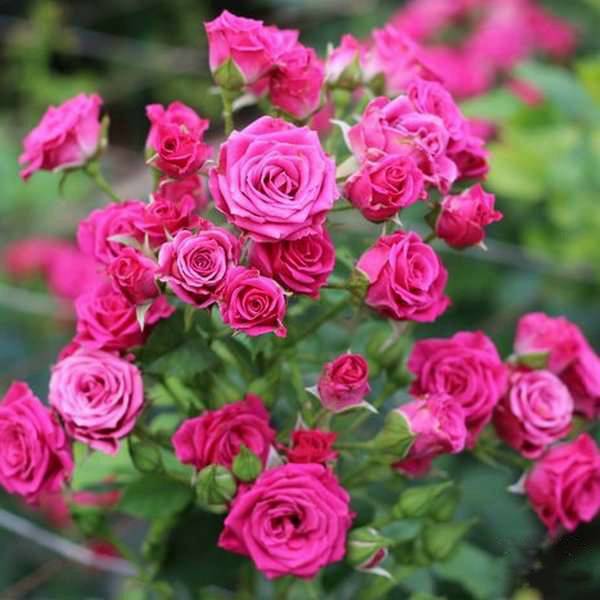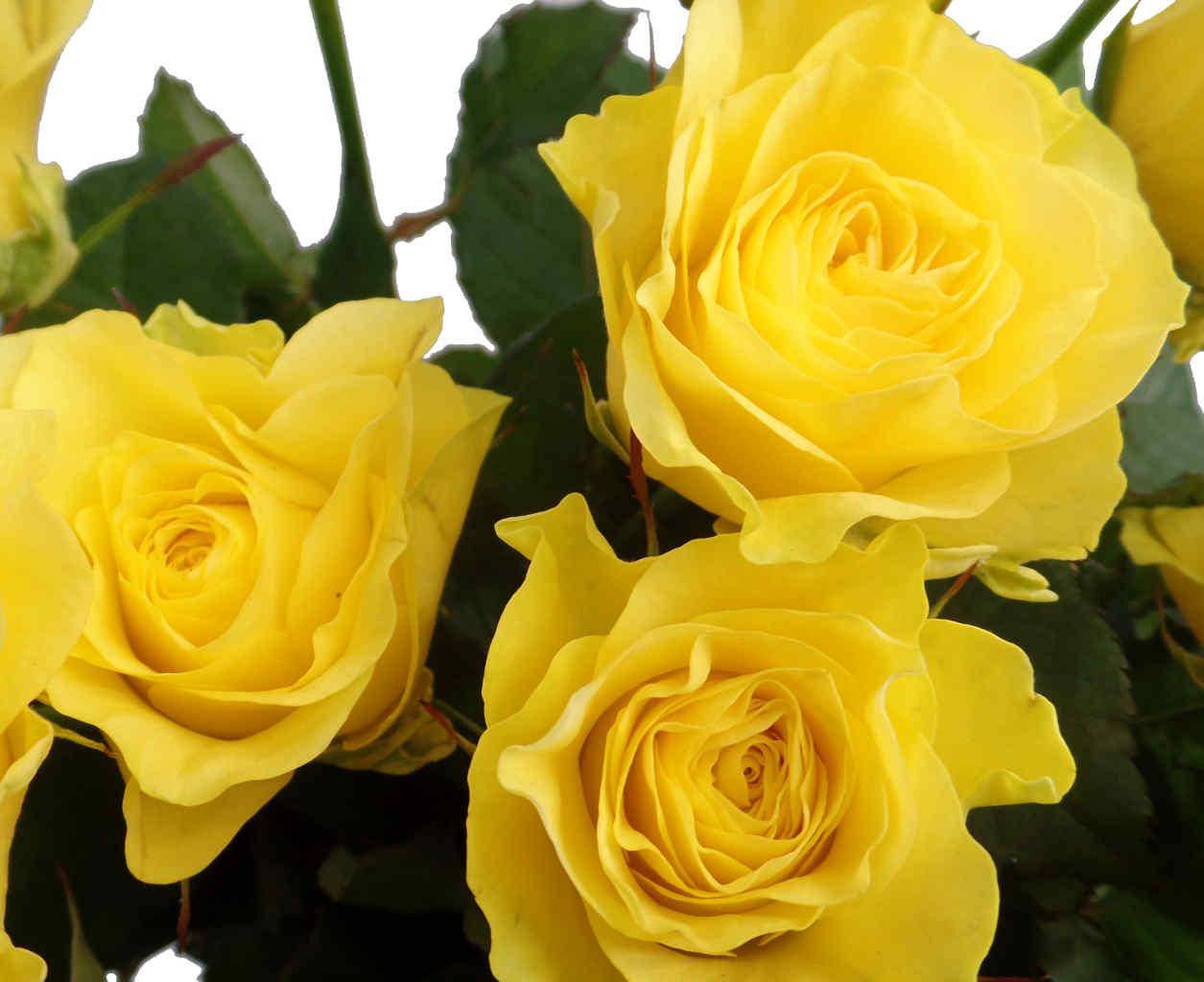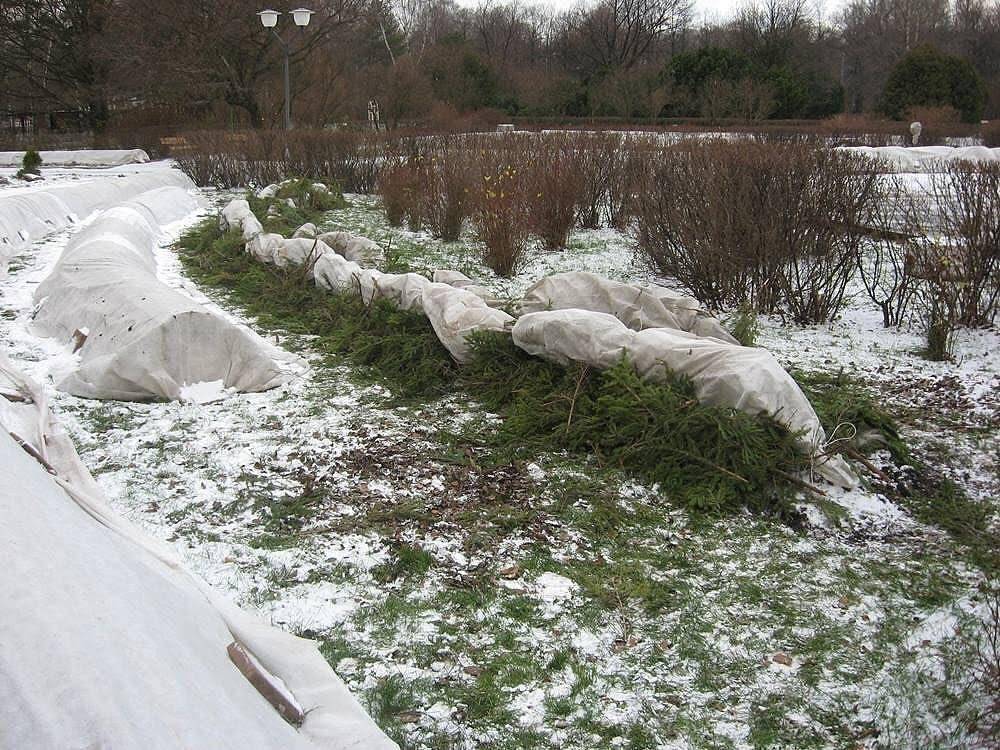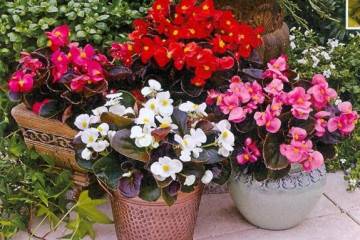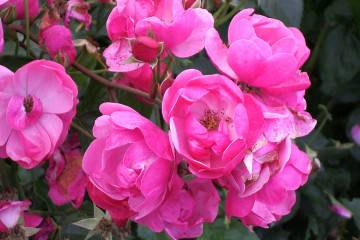Dutch roses - varieties, how they are grown
Content:
Dutch roses are always ranked among the most beautiful and popular flowers. This name does not denote a specific variety or species, it is a whole group of plants, united only by geography. On the packaging they usually write like this - rose, Holland. This means that the flower was bred in this particular country (present-day Netherlands).
Features of Dutch roses
This group of flowers includes completely different specimens, each of which is good in its own way. Breeders try and develop more and more new varieties, even more beautiful and original.
The advantages and disadvantages of Dutch roses:
| Benefits | disadvantages |
| appearance; | do not tolerate transportation; |
| bright, delicate aroma; | not the largest flower size in comparison with some other roses. |
| look great both alone and in bouquets; | |
| ideal for wedding bouquets and special occasions; | |
| uniqueness and variety of species; | |
| unusual colors. |
Application in landscape design
Landscape designers admire Dutch roses and actively use them to create original compositions. Conifers, for example, blue spruces, look great between rose bushes. Moreover, the needles are useful for diluting the soil in which these flowers grow.
Also, roses are often combined with small flowers of a blue or purple hue. Popular wildflowers such as cornflowers or bells are perfect for such mixes.
The best varieties of Dutch varieties
Among all the roses from Holland, it is difficult to single out the most beautiful ones, since they are all magnificent in their own way. However, there are the most popular ones that have already been tested by time.
Grand Prix (Rose Grand Prix)
Flower description:
- the Grand Prix variety belongs to hybrid tea varieties;
- the height of the bush reaches 1.5 m, while the height of the stem is not lower than 70 cm, maybe about 120 cm;
- the shape of the flower is classical, the diameter is about 12 cm;
- burgundy petals;
- the aroma is gentle, lasts a long time.
Freedom
Variety characteristics:
- belongs to the tea-hybrid group;
- the color is bright scarlet with a velvety tint;
- flower diameter can reach 15 cm;
- shrub grows up to 2 m in height, bushes well, stem is long.
This variety tolerates cold weather well and prefers growing in shaded areas. It has an external resemblance to the Madame Red variety.
Mohana hybrid tea
Description of the Mohana variety:
- compact bush, the height of which reaches no more than 60 cm;
- there are many dark green leaves, but few thorns on the stems;
- the petals are yellow, they have pointed edges of a reddish color;
- the buds are large and conical;
- pleasant, soft, long-lasting aroma.
High Magic
External characteristics of the flower:
- the coloring is a combination of yellow and red shades, they become like a flame;
- the leaves are dark green, there are no thorns at all;
- the height is a little more than a meter;
- only 1 flower appears on each shoot, inflorescences form only occasionally.
Elite variety Vendela
This elite variety is also part of the hybrid tea group. Flowers are often used in bridal bouquets due to their color scheme. They are creamy, almost white, up to 1 m high.
Lovely Lidia
Lovely Lydia is a spray rose variety that appeared not so long ago, but is rapidly gaining popularity. These are compact shrub flowers, the height of which does not exceed 70 cm, the width of the bush is no more than half a meter. Flowers are small, maximum 4 cm in diameter. The color is bright pink or crimson. The core is darker than the main part of the flower. The flowering period is quite long. The conditions that he requires are quite simple to comply with.
Avalanche
Avalanche is a white hybrid tea with a light greenish tint. The buds are large enough with a classic shape. Height reaches 1 m. Leaves are classic green.
Penny Lane
Penny Lane is a climbing Dutch rose. The flowers are large cupped. The color is initially creamy, becoming more pronounced a few days after the start of flowering.
El Toro
El Toro at a glance:
- belongs to the tea-hybrid group;
- the color is bright red, close to scarlet;
- bud diameter up to 12 cm;
- the height of the bush is about 80 cm;
- the stems have a lot of bright green leaves.
This rose has a high immunity to diseases and good tolerance to low temperatures.
Ilios
The Ilios variety has the following characteristics:
- semi-double cup type;
- minimum height 70 cm;
- leaves are green with a glossy sheen;
- the color of the buds is bright yellow.
Chiri
This variety is characterized by a wonderful burgundy-raspberry color. The bud opens up to 14 cm. The height of the bush reaches 70 cm. The leaves have a peculiar interesting color - dark green with burgundy pointed tips. This flower does not tolerate cold weather.
How Dutch roses are grown: planting features
To grow Dutch roses, you can use one of two methods: purchasing a finished seedling in a flower shop or special nursery, or by cuttings. The first method is more successful, but at the same time more expensive. So roses will sooner take root and delight the grower with their gorgeous flowering.
Planting cuttings may turn out to be less productive and longer in terms of time, however, it is used quite often. Especially those who regularly breed and plant roses.
Care requirements
Since the variety of varieties of Dutch roses is very large, new ones are constantly appearing, it is difficult to provide a care scheme that will work for absolutely all varieties. But there are some general rules to follow.
Watering rules and humidity
Soil moistening should be carried out regularly in the early morning or evening. Watering is carried out strictly at the root in order to exclude moisture drops from entering other parts of the plant. The water should be soft, well at room temperature.
Top dressing and soil quality
To grow Dutch roses, just about any soil will work. It must be nutritious, loose enough, moisture and air permeable with good drainage. The most optimal is the substrate, consisting of:
- garden land - 60%;
- peat - 25%;
- compost - 15%.
Top dressing is carried out regularly from the beginning of the growing season. Fertilizers are applied once every 10 days. It is better to use ready-made complex solutions for roses. It is worth alternating mineral and organic feedings.
Pruning and replanting
Pruning is done in early spring before the growing season and in late autumn while the roses are preparing for winter. It is not worth carrying out cardinal pruning if it is not necessary. It is enough just to remove old, dried, damaged branches. With this procedure, the desired shape of the crown of the rose bush is formed.
Transfer from place to place is carried out only in the spring, if necessary. The bush is carefully dug up and pulled out together with an earthen lump so as not to damage the delicate roots. After that, it is carefully transferred to the prepared planting pit to the place where it will now grow.
Features of wintering Dutch varieties
The best wintering option for Dutch rose varieties is a greenhouse. If there is an opportunity to put them in a greenhouse for the winter, you should definitely do this. If this is not possible, then shelter is required with a special material to protect roses from winter frosts (there are different options for every taste and wallet) and natural insulation - spruce branches or leaves. If the florist uses other methods in his household, they will also work, the main thing is the result. Roses should be warm in winter.
Reproduction of Dutch roses
Reproduction of Dutch roses is carried out exclusively by cuttings. Instructions for the procedure:
- Choose the right stalk. It must have at least 3 buds. It is cut from the top side at an acute angle, from the bottom - evenly.
- The leaves on it need to be cut in half, and the lowest one should be cut off completely.
- It is best to plant cuttings in a greenhouse. There they are immediately planted in open ground, periodically moistening the soil.
- If the propagation procedure is carried out at home, you must first put the cuttings in a solution of a root growth accelerator in a warm, bright place. Additional lighting will increase the rate of root formation.
- In a month and a half, thickenings will become visible on the cuttings - the rudiments of the root system. This is a sign that you can plant them in separate pots.
- The seedling can be moved to open ground after another couple of months. The hole in which it will be placed initially must be filled with a mixture of earth, sand and humus (2: 1: 1).
Pest and disease control
All varieties of Dutch roses have a high immunity to diseases and pests. Most often, the problem occurs either due to improper care (most often), or due to the fact that neighboring plants are sick.This must be carefully monitored and, at the slightest sign of an illness, begin to heal with the help of special means. Spring treatment with various preparations for pests and viral diseases and autumn digging of soil around the flower are also important, which will help to cope with some insects.
If there are no problems, as a preventive measure, you can use folk methods, such as treating the stems and leaves with soapy water (from household, not cosmetic soap) or sprinkling the plant with mustard powder.
Dutch roses are one of the most beautiful and tall varieties of flowers. Every woman dreams of receiving a gorgeous bouquet of these delightfully fragrant buds as a gift. You can grow them yourself on your summer cottage, delighting yourself, your family and neighbors with their amazing appearance and unusual bright colors.
